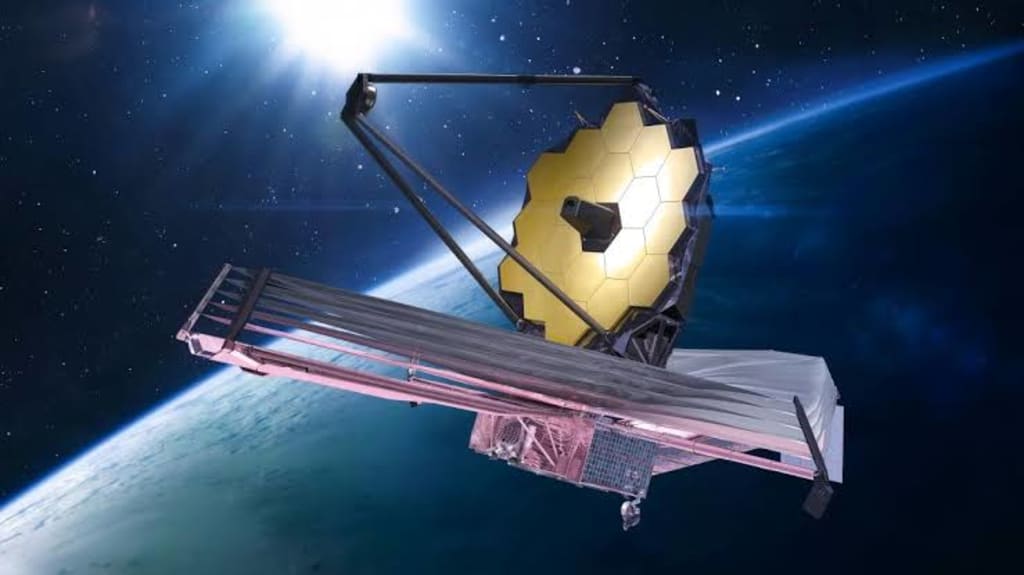James web space telescope
Jwst and their discoveries

The James Webb Space Telescope (JWST) is a large, infrared-optimized space telescope that is currently under development by NASA, with significant contributions from the European Space Agency (ESA) and the Canadian Space Agency (CSA). The JWST is set to be the successor to the Hubble Space Telescope, and will be one of the most powerful telescopes ever built.
The JWST is designed to study some of the most distant objects in the universe, such as the first galaxies that formed after the Big Bang, as well as study the formation of stars and planetary systems. It will also be able to study the atmospheres of exoplanets and search for signs of life.
One of the key features of the JWST is its large primary mirror, which is made up of 18 hexagonal mirror segments, and has a diameter of 6.5 meters (21.3 feet). This large mirror will allow the telescope to collect much more light than previous space telescopes, making it possible to study some of the faintest objects in the universe.
The JWST will also be equipped with a number of advanced scientific instruments, including a Near Infrared Camera, a Near Infrared Spectrograph, and a Mid-Infrared Instrument. These instruments will be used to study a wide range of astronomical phenomena, from the earliest galaxies to the formation of planetary systems.
The JWST is set to be launched into space in 2021, and will be placed in an orbit around the second Lagrange point (L2) of the Earth-Sun system, about 1.5 million kilometers (about 930,000 miles) from Earth. This location will provide the telescope with a stable and unobstructed view of the sky, and will allow it to study the universe without being affected by the glare of the Sun or the light of the Moon.
In summary, the James Webb Space Telescope is a large and powerful space telescope that is set to be the successor of the Hubble Space Telescope. It will be able to study the earliest galaxies, the formation of stars and planetary systems, and search for signs of life on exoplanets. Its large primary mirror and advanced scientific instruments will allow it to study faint objects in the universe. The telescope is set to be launched in 2021 and will be placed in an orbit around the second Lagrange point of the Earth-Sun system, providing a stable and unobstructed view of the sky .
Some of the key areas of research that the JWST is expected to make significant contributions to include:
The study of the early universe: The JWST will be able to study the first galaxies that formed after the Big Bang, allowing scientists to gain a better understanding of how the universe evolved in its earliest stages.
The formation of stars and planetary systems: The JWST will be able to study the process of star and planet formation in great detail, providing new insights into how these celestial bodies come into being.
The search for signs of life on exoplanets: The JWST will be able to study the atmospheres of exoplanets, searching for biosignatures that could indicate the presence of life.
The study of black holes and other exotic objects: The JWST will be able to study black holes and other exotic objects, such as quasars, in great detail, providing new insights into the extreme conditions that exist in these regions of the universe.
The study of the evolution of galaxies: The JWST will be able to study the evolution of galaxies over time, providing new insights into how these celestial structures have changed over the course of the universe's history.
In addition to these key areas of research, the JWST is also expected to make many other groundbreaking discoveries in a wide range of other fields. The telescope's powerful capabilities and advanced scientific instruments will allow scientists to study the universe in ways that were previously not possible, revealing new insights into the cosmos and expanding our understanding of the universe





Comments
There are no comments for this story
Be the first to respond and start the conversation.